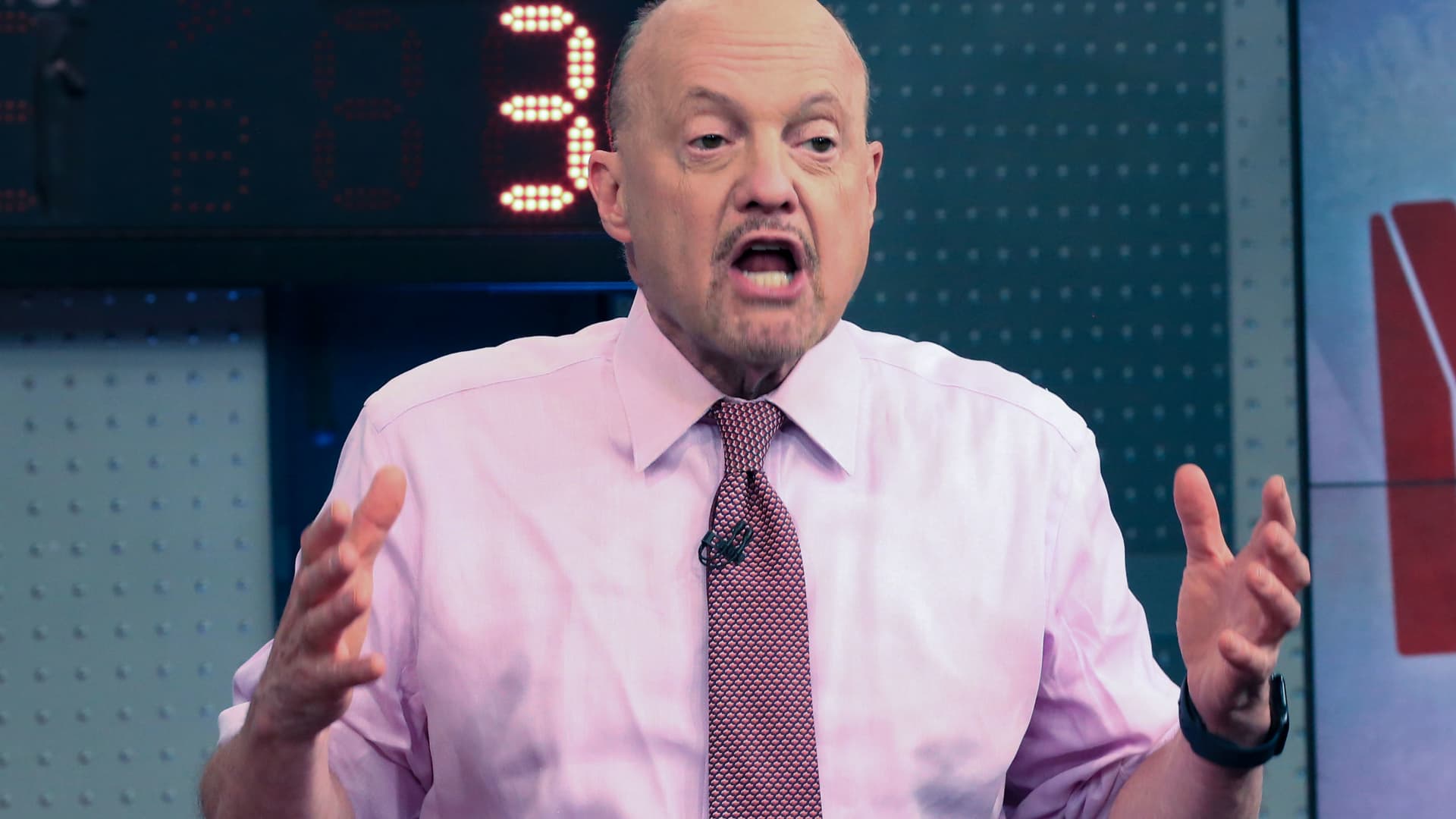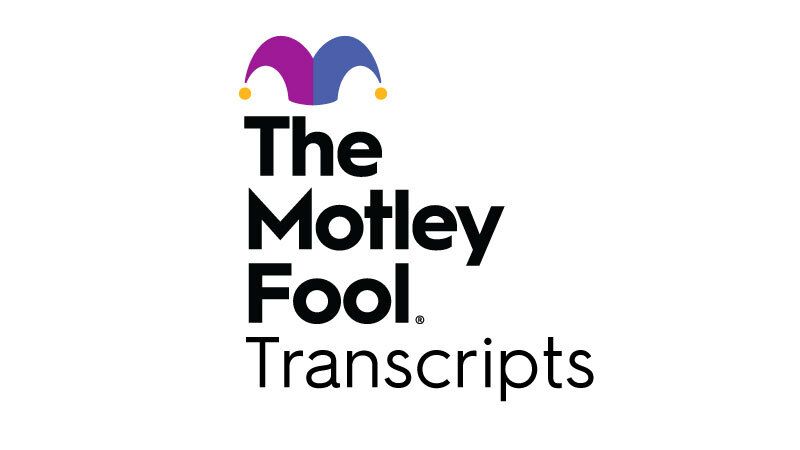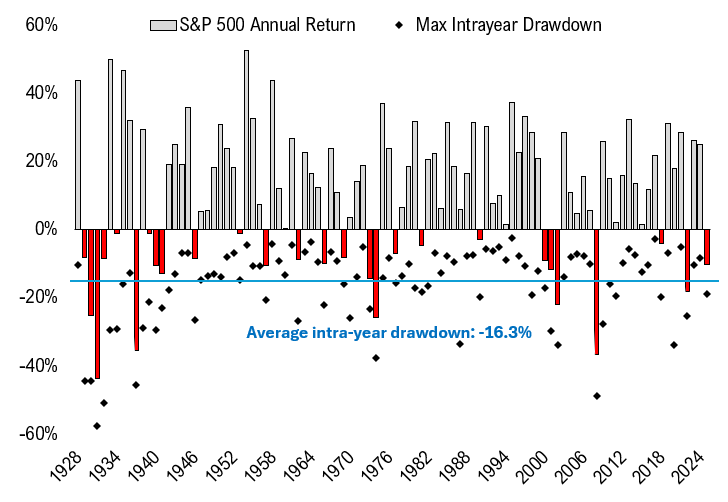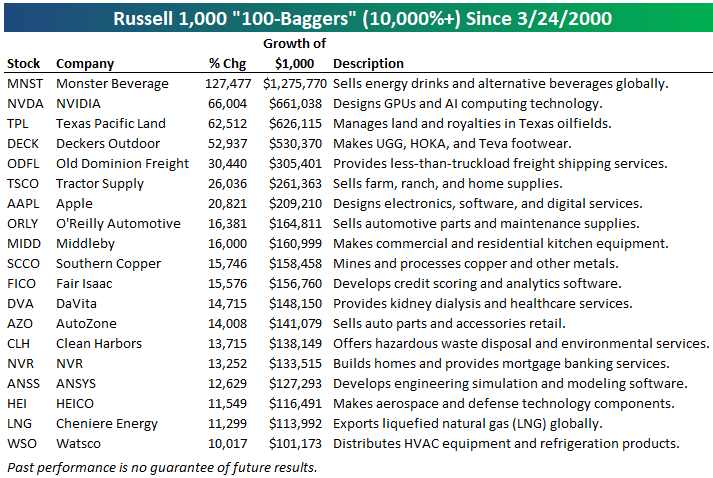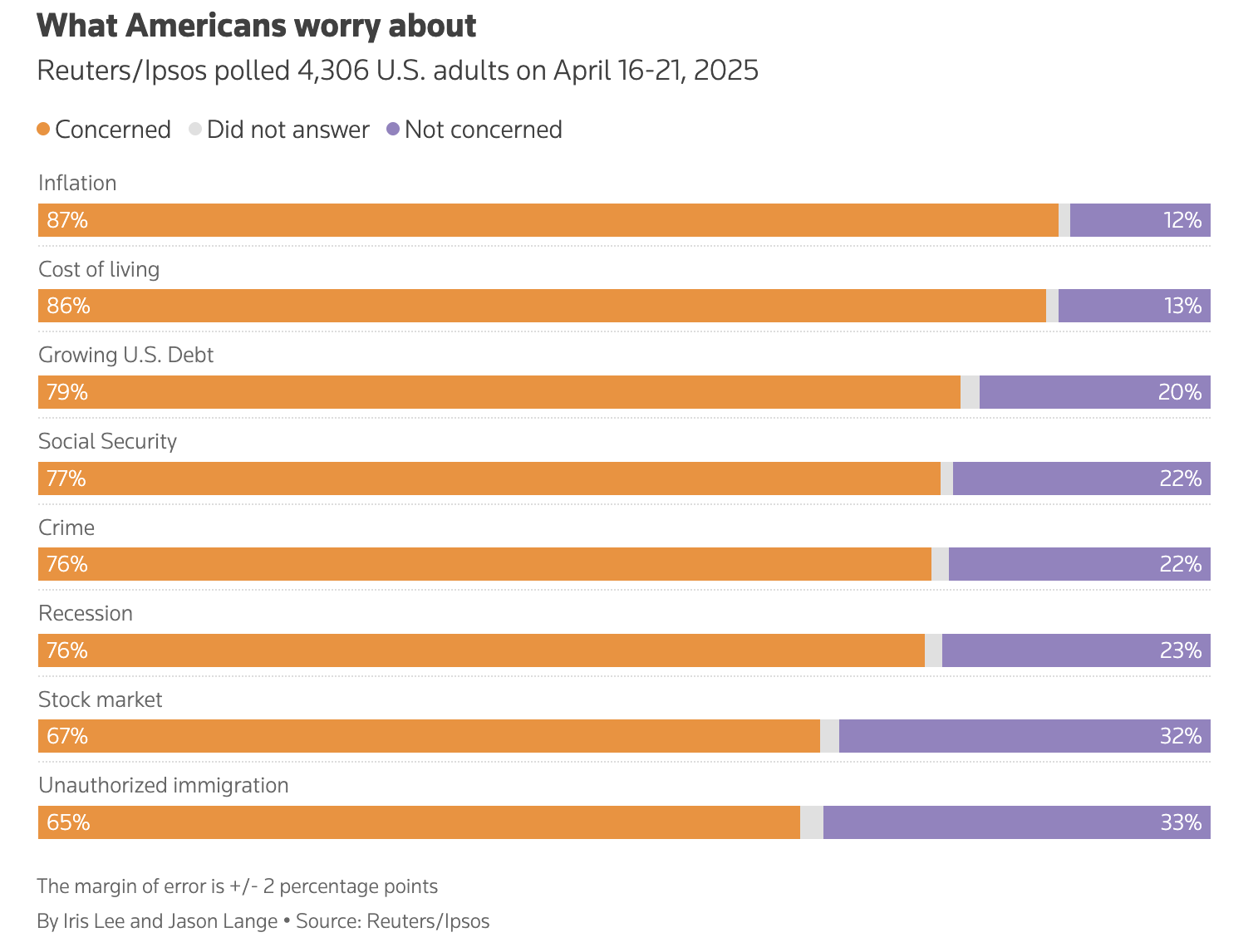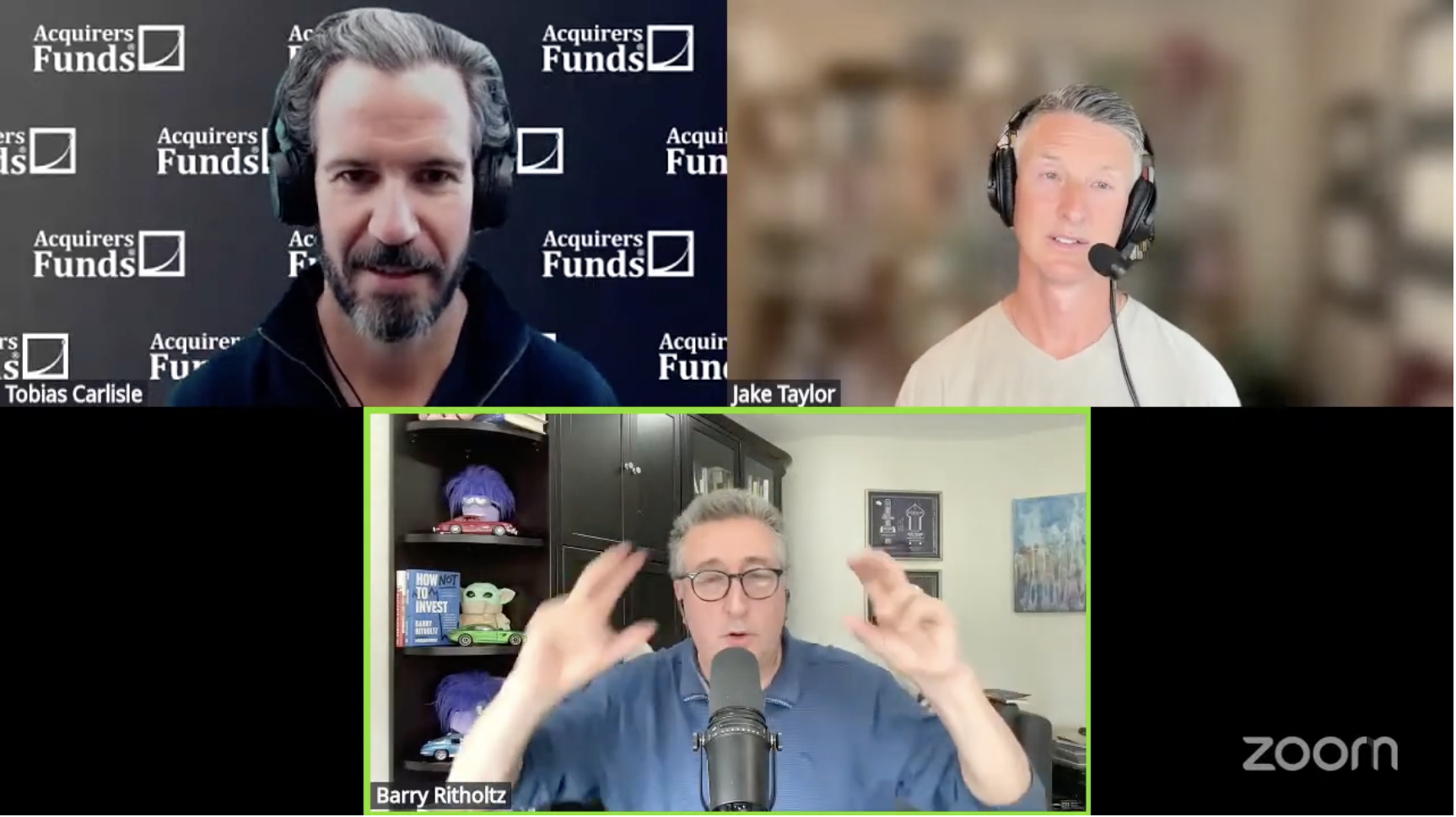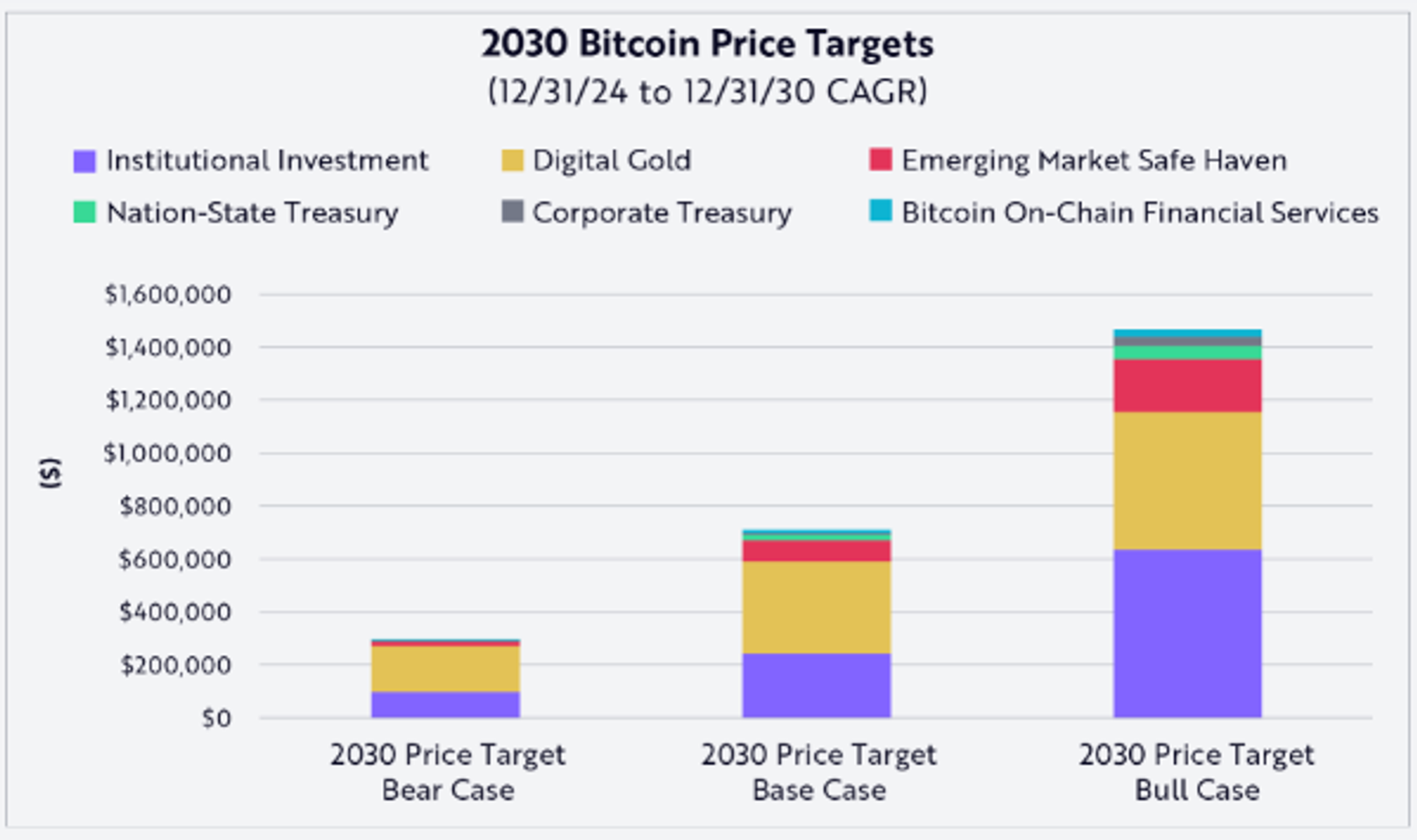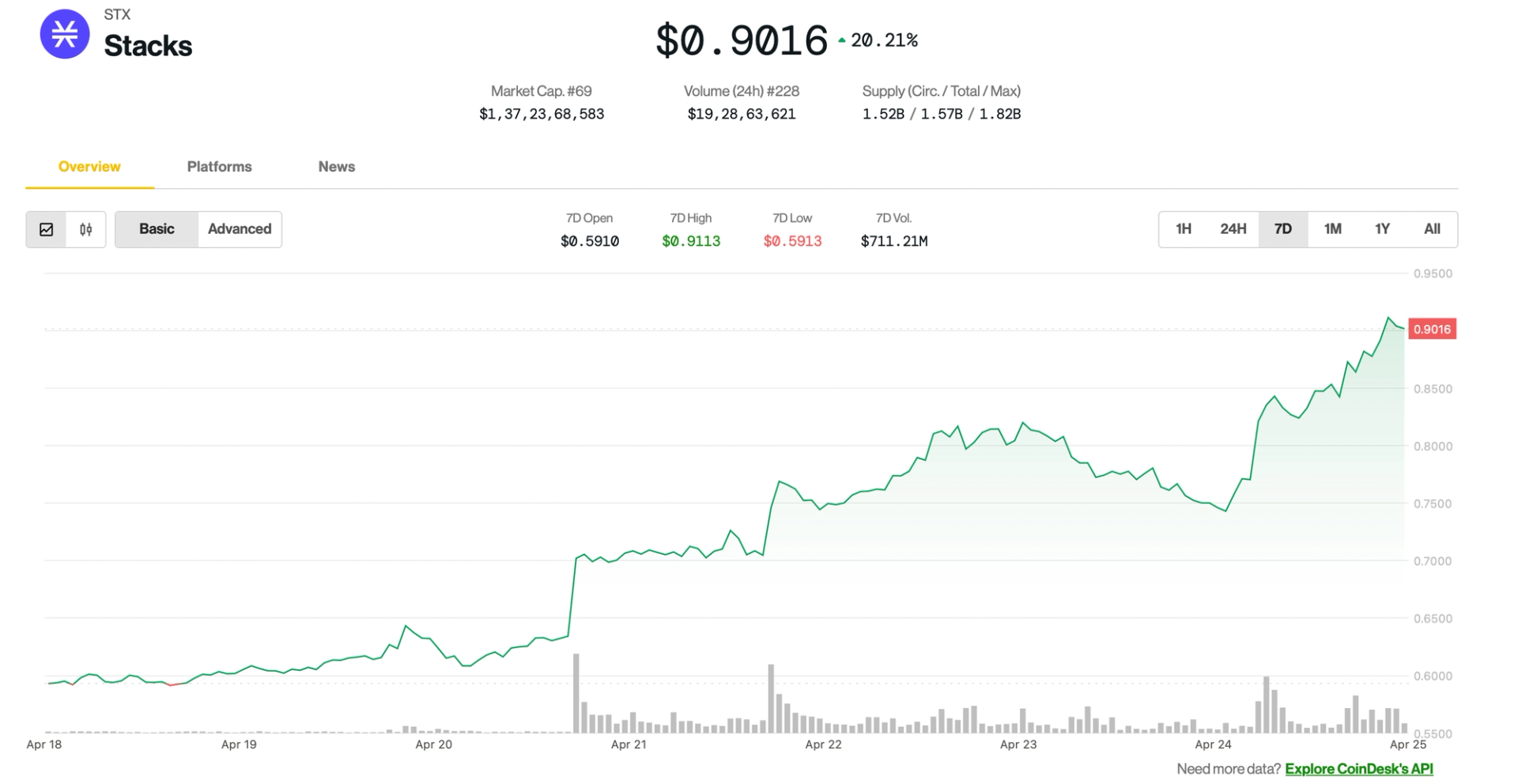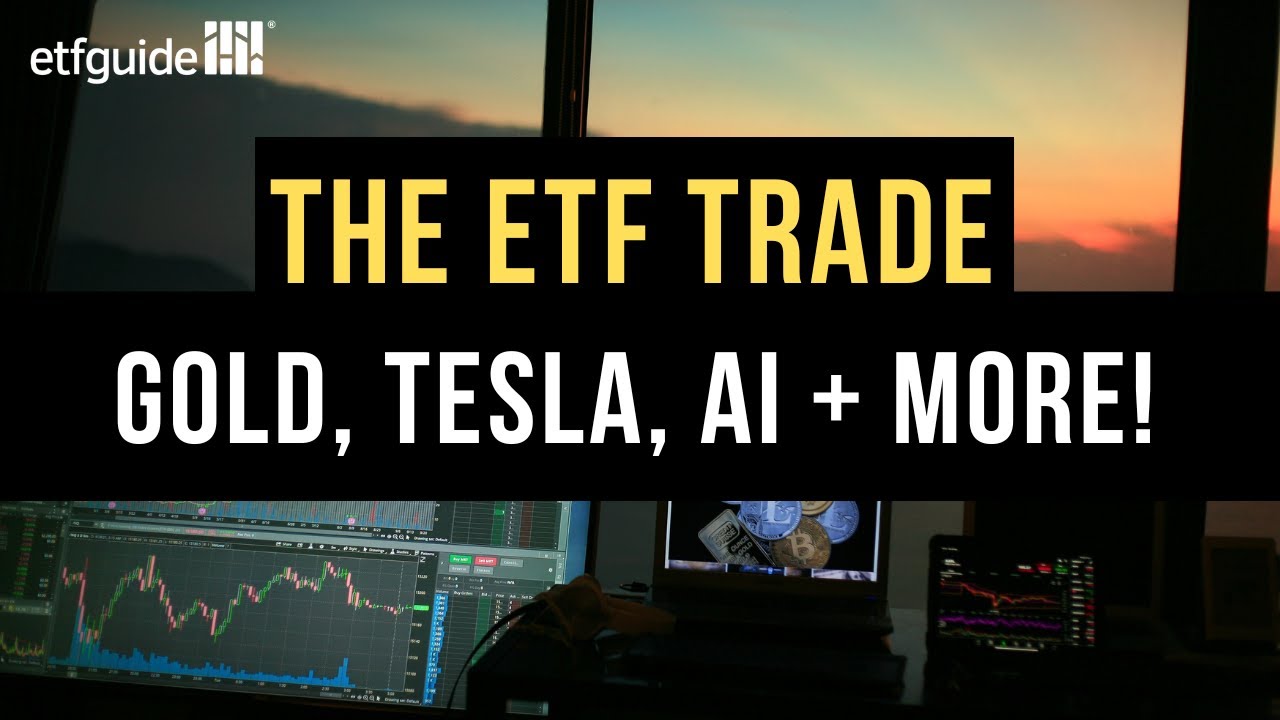VUG vs. QQQ: Which Growth ETF Will Lead Your Portfolio in 2025?
Certain exchange traded funds (ETFs) can allow investors to diversify instantly while also unlocking growth potential. Two top-notch growth ETFs are the Vanguard Growth ETF (NYSEARCA:VUG) and the Invesco QQQ Trust (NASDAQ:QQQ) — but which one deserves your attention and capital in 2025? Sure, there is an array of growth ETFs to choose from. However, […] The post VUG vs. QQQ: Which Growth ETF Will Lead Your Portfolio in 2025? appeared first on 24/7 Wall St..

Key Points
-
The Vanguard Growth ETF (VUG) and the Invesco QQQ Trust (QQQ) feature similar dividend yields and historical price performance.
-
However, the VUG ETF is heavily weighted toward two stocks, so it could offer greater risks and rewards than the QQQ ETF.
-
Are you ahead, or behind on retirement? SmartAsset’s free tool can match you with a financial advisor in minutes to help you answer that today. Each advisor has been carefully vetted, and must act in your best interests. Don’t waste another minute- get started by clicking here.(Sponsor)
Certain exchange traded funds (ETFs) can allow investors to diversify instantly while also unlocking growth potential. Two top-notch growth ETFs are the Vanguard Growth ETF (NYSEARCA:VUG) and the Invesco QQQ Trust (NASDAQ:QQQ) — but which one deserves your attention and capital in 2025?
Sure, there is an array of growth ETFs to choose from. However, the VUG and QQQ ETFs are among the best of the best for growth-focused investors. They have some similarities, yet the two funds also have crucial differences.
It’s perfectly fine to include both VUG and QQQ in your portfolio this year. After deep-diving into these two ETFs, though, you’ll surely want to pick one ETF as your growth-fund mainstay.
Two High-Growth Performers
Growth investors expect outstanding performance from their ETFs. It’s difficult to predict the future course of 2025, but at least we can look back at the historical performance of the Vanguard Growth ETF and the Invesco QQQ Trust.
When we don’t factor in the dividend distributions, the VUG ETF delivered returns of approximately 106% over the past five years.
Over the same time frame, the QQQ ETF provided returns of around 113%. Therefore, investors may conclude that the Invesco QQQ Trust has demonstrated a slight edge over the Vanguard Growth ETF, though it could be hasty to declare a clear winner here.
When it comes to dividend yields, it’s basically a tie between the two funds. VUG features a forward annual dividend yield of 0.54%, and QQQ’s yield is exactly the same at 0.54%.
Another aspect that affects price performance is an ETF’s expense ratio, which is a fund’s annualized management fees expressed as a percentage. The Vanguard Growth ETF’s expense ratio is ultra-low at 0.04%, while the Invesco QQQ Trust’s expense ratio is notably higher at 0.2%.
Consequently, although QQQ’s five-year historical performance beat VUG, the expense ratios seem to favor VUG over QQQ in the future. So, rather than try to pick a definite winner based on performance, we can just conclude that both funds are solid performers that will likely demonstrate growth in 2025.
Holdings: Appearances Can Be Deceptive
When comparing growth ETFs, it’s a good idea to find out how many stocks are in the funds’ holdings. That way, you’ll get a surface-level idea of how diversified the funds are.
The Invesco QQQ Trust tracks the NASDAQ 100 index and has 101 stocks in its holdings. In contrast, the Vanguard Growth ETF tracks the CRSP U.S. Large Cap Growth Index and comprises 166 stocks.
Knowing this, you might jump to the conclusion that the VUG ETF must be more diversified than the QQQ ETF. Yet, appearances can be deceptive and we need to look deeper into the funds’ top holdings.
As we’ll discover, both of these funds are dominated by famous large-cap technology names. As for the Invesco QQQ Trust, its top four holdings are Apple (NASDAQ:AAPL) (9.79% of the fund’s weighting), Microsoft (NASDAQ:MSFT) (8.1%), NVIDIA (NASDAQ:NVDA) (8.5%), and Amazon (NASDAQ:AMZN) (5.96%).
Turning to the Vanguard Growth ETF, its top four holdings are exactly the same stocks in the same order: Apple (12.4% of the fund’s weighting), Microsoft (10.3%), NVIDIA (9.2%), and Amazon (6.5%). Thus, with well-established tech titans in both ETFs, investors should expect strong growth whether they choose VUG or QQQ.
Diving a little deeper, Vanguard’s fund places more emphasis on Alphabet (NASDAQ:GOOG, NASDAQ:GOOGL) while Invesco’s ETF has a heavier weighting in Netflix (NASDAQ:NFLX). These are slight differences in the final analysis, however. When all is said and done, the top holdings of VUG and QQQ largely encompass the same technology large-caps that growth investors should know and appreciate.
More Risk and Reward
In our discussion of the holdings of these two growth ETFs, you may have picked up on an unusual distinction. Specifically, Apple stock has a huge weighting in the Vanguard Growth ETF, at 12.4% of the fund’s composition.
Moreover, Microsoft stock comprises 10.3% of the VUG’s holdings. Thus, even though VUG includes more stocks than QQQ, this doesn’t necessarily mean it’s a more diversified fund.
In other words, if you plan to invest in the Vanguard Growth ETF in 2025, you’d better be super-bullish about Apple and Microsoft. Having 22.7% of VUG’s holdings consist of just two stocks means that the fund carries greater risk, in a sense.
There are also greater potential rewards for VUG’s shareholders, however, especially if Apple and Microsoft stocks happen to perform well this year. Will that actually happen, though?
That’s the billion-dollar question, and it should be a major consideration if you’re trying to decide between the Vanguard Growth ETF and the Invesco QQQ Trust. Either way, whether you pick VUG or QQQ or perhaps a little bit of both, you’ll surely get a great growth fund to navigate 2025’s ups and downs.
The post VUG vs. QQQ: Which Growth ETF Will Lead Your Portfolio in 2025? appeared first on 24/7 Wall St..










































